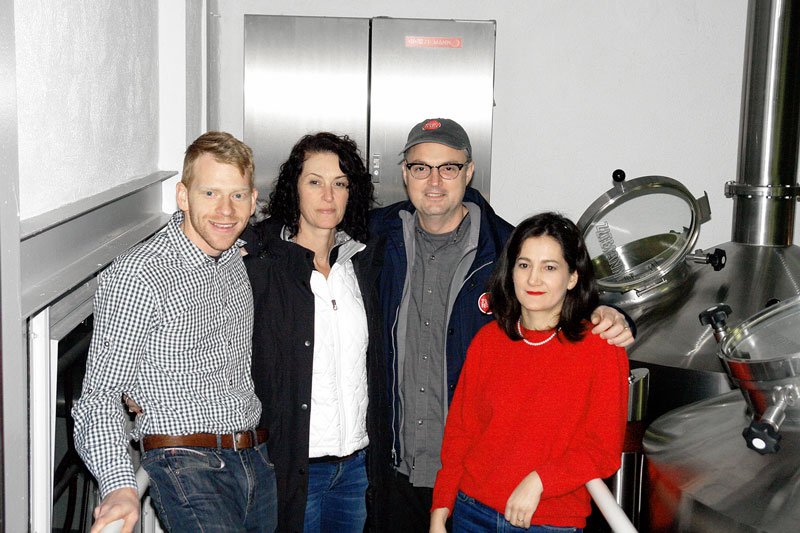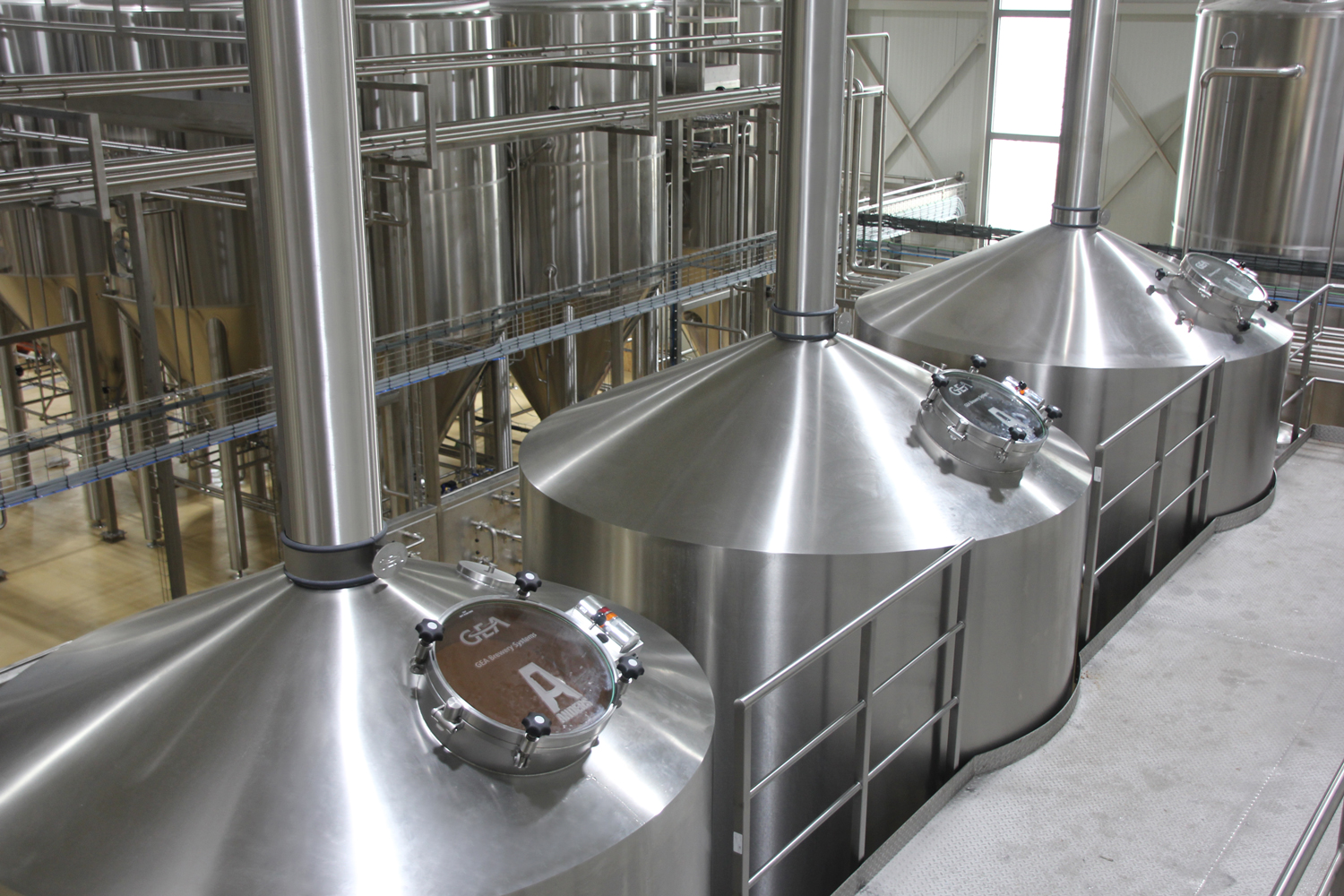This article is the first installment in a series of articles summarizing selected fundamental principles and essential elements of process engineering. For purposes of clarity, the field of study will be divided into the disciplines of mechanical and thermal process engineering, and substances and processes commonly encountered in each discipline will be explained with regard to their impact on brewing. The objective is to give the reader insight into the challenges inherent to process engineering in both general applications and in brewing, but also to offer approaches for developing solutions.
Ultrasonic cleaning has already proven itself in many sectors. Why not consider its implementation in breweries? The technology looks promising in any case, such as for example savings in water and a reduction of time required for cleaning and also better overall results.
Caustic filtration remains an issue requiring more scientific research. All approaches to-date culminate in the statement: We need caustic filtration. In most instances, this statement is not followed by a deeper analysis because no method of determining filterability of cleaning caustics exists. Scientific research also needs to be done to determine if filtration actually significantly improves the cleaning effect of caustic.
The Russian River Brewing Company has chosen Ziemann Holvrieka GmbH to supply brewhouse and tank technology for its in Windsor, California, USA. Thus yet another leading American craft brewer has opted to go with the well-known Ludwigsburg company.
The first part of this two-part article (BRAUWELT International no. V, 2016, pp. 309-311) consists of a detailed discussion of mash parameters and how they can serve as a powerful tool for enhancing wort and beer quality. The skillful manipulation of these parameters provides a highly effective means for compensating for a particular year’s harvest and the natural fluctuations in quality which may occur. Mash parameters also afford brewers more creativity by allowing them to tailor their wort to the needs of a particular beer style through the targeted use of malt enzymes. Selected examples are presented in the second part of this essay to illustrate precisely how to bring these concepts to fruition.
Carbon dioxide is a greenhouse gas, and although significant amounts are liberated during fermentation, at the same time, many breweries purchase large amounts of CO2 for use in their own production processes. The research project “Capturing and Storage of Carbon Dioxide (CaSCaDe)” at the University of Bayreuth is investigating how and to what extent greenhouse gas emissions can be reduced with an adsorptive method for carbon dioxide recovery. In addition, the quality of the recovered carbon dioxide is evaluated. The goal of this project is to make a viable contribution to climate protection while reducing costs and enabling companies to secure their own supply of carbon dioxide [4].
In October 2016, mechanical engineering company GEA delivers its first Craft-Star TM 4-vessel brewhouse to Washington, D.C. The system is scheduled to begin commercial operation early next year. The customer is DC Brau Brewing Company, a highly renowned manufacturer of craft beers in the U.S. capital.
A large surplus yeast tank shot into the air leaving the floor plate and the contents behind. Although not designed for overpressure, the tank was kept at “very slight overpressure” to suppress nuisance foaming. The brewery was unaware of the hazards of compressed air. The accident described in this article serves to illustrate that care should be taken if a tank originally designed for atmospheric pressure is modified to operate at slight overpressure.
Despite the fact that malt quality can undergo fluctuations from year to year, brewers are very reluctant to change their mash schedules for fear of the inscrutable consequences this might have on the quality of their beer. But this is precisely what the process of mashing is all about. Mashing is a highly flexible instrument which affords a brewer the capacity to effectively overcome the challenges of contending with difficult malt. Thus, it offers a brewer the means to effectively compensate for the shortcomings of a particular year’s crop and, in turn, helps to ensure a consistently high quality product even if the quality of the raw materials does not always remain the same. The mashing process also provides a brewer with a great deal of creative control, which can be harnessed in the development of novel and unique beers – a boon for brewers looking to alleviate monotony in their products. Through a clever combination of rests, the performance of the enzymes derived from the malt can be made to rival any supplemental technical enzymes, and the malt’s own enzymes are, of course, fully in compliance with the German Purity Law for Beer.
Ball Corporation, Broomfield/USA, has agreed to sell to Ardagh Group S.A., Luxembourg/Luxembourg, eight U.S. aluminum can plants and associated assets in order to settle FTC charges that its proposed acquisition of Rexam PLC, London/Great Britain, – worth USD 8.4 billion when proposed in February 2015 – is likely anticompetitive.
How do bottom-fermenting yeasts behave at an original gravity of 18 per cent by weight? Are they genetically stable? How can their homogeneity be verified? The objective of Research Project IGF-16473N was to find answers to these questions.
Current issue
Most Read
BRAUWELT on tour
Current issue
Most Read
BRAUWELT on tour
-
Hopsteiner
Optimization of kettle hopping prior to dealcoholization
-
Hopsteiner
Excellent digital Service: the Hopsteiner Customer Portal
-
Hopsteiner
Variations in hop aroma depending on crop year
-
Hopsteiner
Playing with tradition: Hopsteiner Hopoils - Type Hoptanical
-
Hopsteiner
Crop and market update & hop crop 2023 estimate



